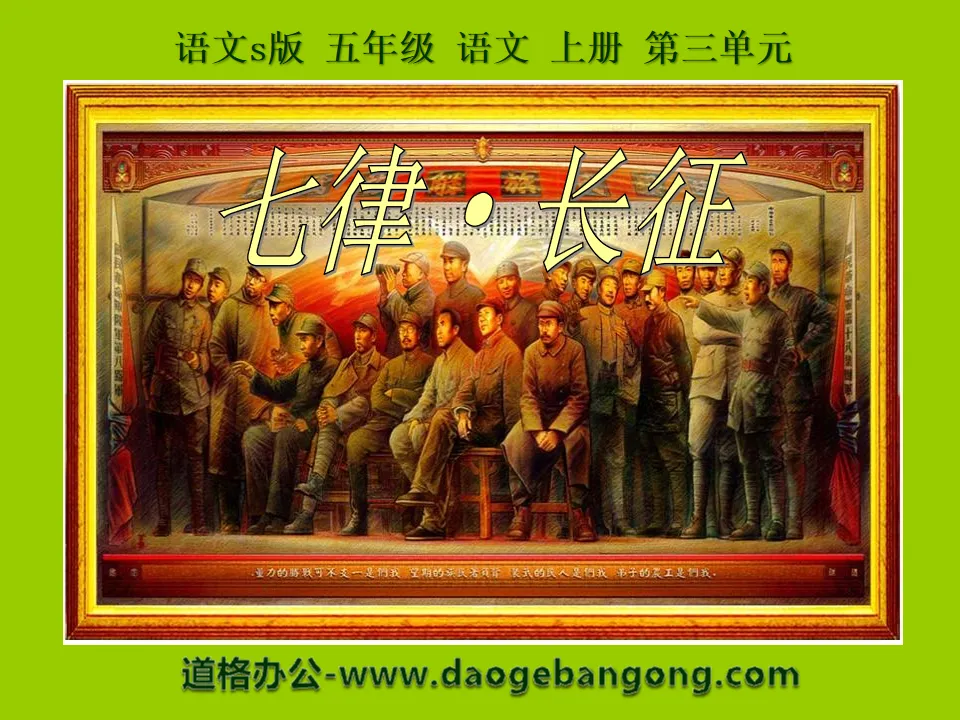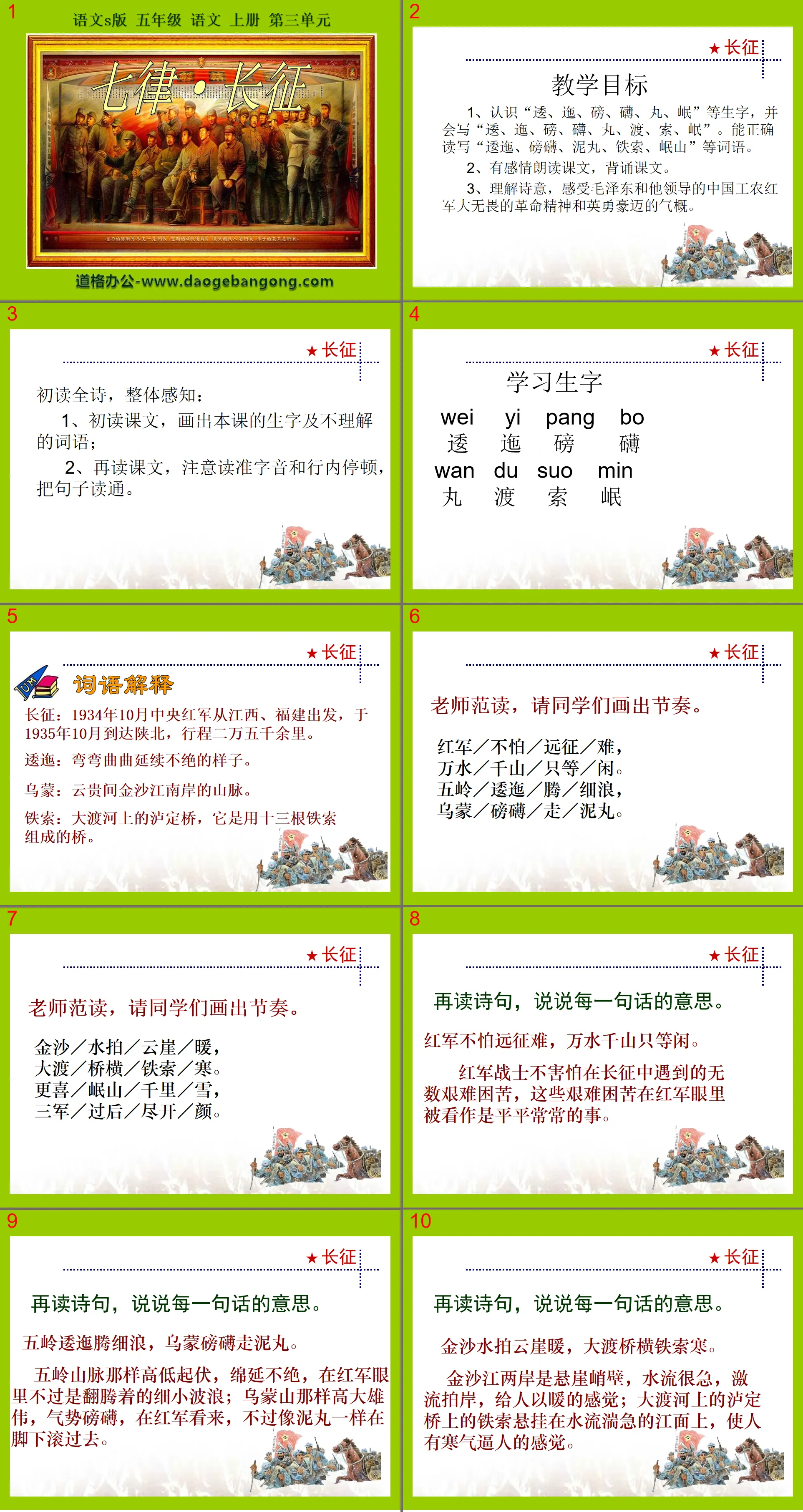The second volume of first-grade Chinese compiled by the People's Education Publishing House
The second volume of fifth-grade Chinese compiled by the People's Education Publishing House
The first volume of Chinese language for eighth grade compiled by the People's Education Publishing House
The first volume of first-grade Chinese compiled by the People's Education Publishing House
The first volume of ninth-grade Chinese compiled by the People's Education Publishing House
The first volume of Chinese language for sixth grade compiled by the People's Education Publishing House
The first volume of fourth-grade Chinese compiled by the People's Education Publishing House
The first volume of second-grade Chinese compiled by the People's Education Publishing House
The first volume of Chinese language for fifth grade compiled by the People's Education Publishing House
The second volume of Chinese language for eighth grade compiled by the People's Education Publishing House
Hunan Education Edition Third Grade Chinese Language Volume 1
The second volume of seventh-grade Chinese compiled by the People's Education Publishing House
The second volume of second-grade Chinese compiled by the People's Education Publishing House
The second volume of fourth-grade Chinese compiled by the People's Education Publishing House
The second volume of Chinese language for sixth grade compiled by the People's Education Publishing House
The first volume of third-grade Chinese compiled by the People's Education Publishing House

| Category | Format | Size |
|---|---|---|
| S version fifth grade Chinese language volume 1 | pptx | 6 MB |
Description
"Seven Laws·Long March" PPT courseware 9
teaching objectives
1. Recognize new characters such as "逶, 迤, pound, 礴, pill, min" and be able to write "逶, 迤, pound, 礴, pill, crossing, suo, min". Able to correctly read and write words such as "winding, majestic, Niwan, tiesuo, Minshan".
2. Read the text aloud and recite the text with emotion.
3. Understand the poetry and feel the fearless revolutionary spirit and heroic spirit of Mao Zedong and the Chinese Workers’ and Peasants’ Red Army led by him.
After reading the whole poem for the first time, the overall perception is:
1. Read the text for the first time and draw the new words and words you don’t understand in this lesson;
2. Read the text again, paying attention to the correct pronunciation of the characters and the pauses within the lines, and read the sentences thoroughly.
learn new words
wei yi pang bo
逶 meandering pound
wan du suo min
Maru Du Suo Min
word explanation
Long March: The Central Red Army set out from Jiangxi and Fujian in October 1934 and arrived in northern Shaanxi in October 1935, covering a distance of more than 25,000 miles.
Winding: the appearance of a continuous winding motion.
Wumeng: The mountains on the south bank of the Jinsha River between Yunnan and Guizhou.
Iron cables: Luding Bridge on the Dadu River is a bridge composed of thirteen iron cables.
The teacher reads the example and asks the students to draw the rhythm.
The Red Army/is not afraid of/expedition/difficulties,
Thousands of rivers/thousands of mountains/just waiting/free.
Wuling/winding/teng/thin waves,
Wumeng/pound/walk/niwan.
Jinsha/Water Shot/Yunya/Warm,
Dadu/bridge across/iron rope/cold.
Gengxi/Minshan/Qianli/Snow,
The three armies / after / all opened / Yan.
Read the poem again and talk about the meaning of each sentence.
The Red Army is not afraid of the difficulties of the expedition, and it can only wait for thousands of rivers and mountains.
The Red Army soldiers were not afraid of the numerous hardships and hardships they encountered during the Long March. These hardships were regarded as ordinary things in the eyes of the Red Army.
The five ridges are meandering and the waves are flowing, and the fog is majestic and the mud balls are walking.
The Wuling Mountains are so undulating and endless, but in the eyes of the Red Army, they are just small rolling waves; the Wumeng Mountain is so tall, majestic and majestic, but in the eyes of the Red Army, they are just like mud balls rolling under their feet.
The golden sand and water are warm against the clouds and the cliffs are warm, while the iron cables across the Dadu Bridge are cold.
There are cliffs on both sides of the Jinsha River, and the current is very fast. The rapids hit the shore, giving people a warm feeling; the iron cables on the Luding Bridge on the Dadu River are suspended on the fast-flowing river, giving people a feeling of coldness.
I am even more happy that there is thousands of miles of snow in Minshan Mountain, and the three armies are all happy after the passing.
What made the Red Army soldiers even more happy was that they had crossed the Min Mountain, which was covered with thousands of miles of snow. Everyone was in a cheerful mood and smiled broadly.
Ask the students to read the first two sentences of the poem aloud and tell them what you understand?
These two sentences are the summary of the whole poem. From October 1934 to October 1935, the Red Army marched more than 20,000 miles on foot, across 11 provinces, fighting against the enemy, hunger, fatigue, injuries, and the natural environment every day. Difficulties are a life and death struggle.
Read the whole poem freely and think: From which verses can we see that "the Red Army is not afraid of the difficulties of the expedition"?
Follow the prompts below to complete in groups:
The first step is to find out which sentence it is.
The second step is to talk about what difficulties the Red Army encountered from this poem.
The third step is to talk about how the Red Army dealt with difficulties.
Imagine the pictures shown in the poems and experience the thoughts and feelings contained in words such as "Teng Xilang", "Zou Ni Wan", "Yun Ya Nuan" and "Tiesuo Han".
The Red Army conquered thousands of rivers and mountains during the Long March. Why did the author only choose Wuling, Wumeng, Jinsha River and Dadu River to write about?
Read the last two sentences together
I am even more happy that there is thousands of miles of snow in Minshan Mountain, and the three armies are all happy after the passing.
What did Mao Zedong use "more joy" to describe? What does this highlight about the spirit of the Red Army?
Ask the students to recite the entire poem emotionally.
Summary: Although half a century has passed since the great Long March, the heroic image of the Red Army still remains in our memory.
Little pen practice
In modern life, how can we learn and carry forward the spirit of the Long March, temper our will, and cultivate an optimistic and uplifting emotional attitude. Ask students to write down their opinions outside class.
Keywords: Qilu teaching courseware, Long March teaching courseware, Chinese S version fifth grade Chinese courseware, first volume, fifth grade Chinese slide courseware download, Qilu PPT courseware download, Long March PPT courseware download, .ppt format
For more information about the "Seven Laws Long March" PPT courseware, please click the "Seven Laws ppt Long March ppt" tab.
"Seven Laws·Long March" PPT free download:
Free PPT download of "Seven Laws of the Long March" Part One: Writing Background Students, in 1933, the Kuomintang reactionaries launched their fifth encirclement and suppression campaign against the Central Revolutionary Base Area with a force of 500,000 troops. In order to crush the enemy's attack, the Workers' and Peasants' Red Army led by the Communist Party of China launched in October 1934..
"Seven Laws·Long March" PPT teaching courseware:
"Seven Laws of the Long March" PPT teaching courseware Part One: Introduction of the new course Mao Zedong, courtesy name Runzhi, was born on December 26, 1893 in a peasant family in Shaoshanchong, Xiangtan, Hunan. Died in Beijing on September 9, 1976. Leader of the Chinese people, Marxist, great...
"Seven Laws·Long March" PPT download:
"Seven Rhythms Long March" PPT Download Part One: New Lesson Introduction Students, listening to this exciting melody, we seem to hear the clanging horns and see the majestic momentum of the 25,000-mile Long March. Today we will study "Seven Rules of the Long March" together and feel the power of the Red Army...
File Info
Update Time: 2024-11-01
This template belongs to Chinese courseware S version fifth grade Chinese language volume 1 industry PPT template
"Seven Laws·Long March" PPT courseware 9 Simple campus recruitment activity planning plan summary enterprise and institution recruitment publicity lecture PPT template is a general PPT template for business post competition provided by the manuscript PPT, simple campus recruitment activity planning plan summary enterprise and institution recruitment promotion Lecture PPT template, you can edit and modify the text and pictures in the source file by downloading the source file. If you want more exquisite business PPT templates, you can come to grid resource. Doug resource PPT, massive PPT template slide material download, we only make high-quality PPT templates!
Tips: If you open the template and feel that it is not suitable for all your needs, you can search for related content "Seven Laws·Long March" PPT courseware 9 is enough.
How to use the Windows system template
Directly decompress the file and use it with office or wps
How to use the Mac system template
Directly decompress the file and use it Office or wps can be used
Related reading
For more detailed PPT-related tutorials and font tutorials, you can view: Click to see
How to create a high-quality technological sense PPT? 4 ways to share the bottom of the box
Notice
Do not download in WeChat, Zhihu, QQ, built-in browsers, please use mobile browsers to download! If you are a mobile phone user, please download it on your computer!
1. The manuscript PPT is only for study and reference, please delete it 24 hours after downloading.
2. If the resource involves your legitimate rights and interests, delete it immediately.
3. Contact information: service@daogebangong.com
"Seven Laws·Long March" PPT courseware 9, due to usage restrictions, it is only for personal study and reference use. For commercial use, please go to the relevant official website for authorization.
(Personal non-commercial use refers to the use of this font to complete the display of personal works, including but not limited to the design of personal papers, resumes, etc.)
Preview










